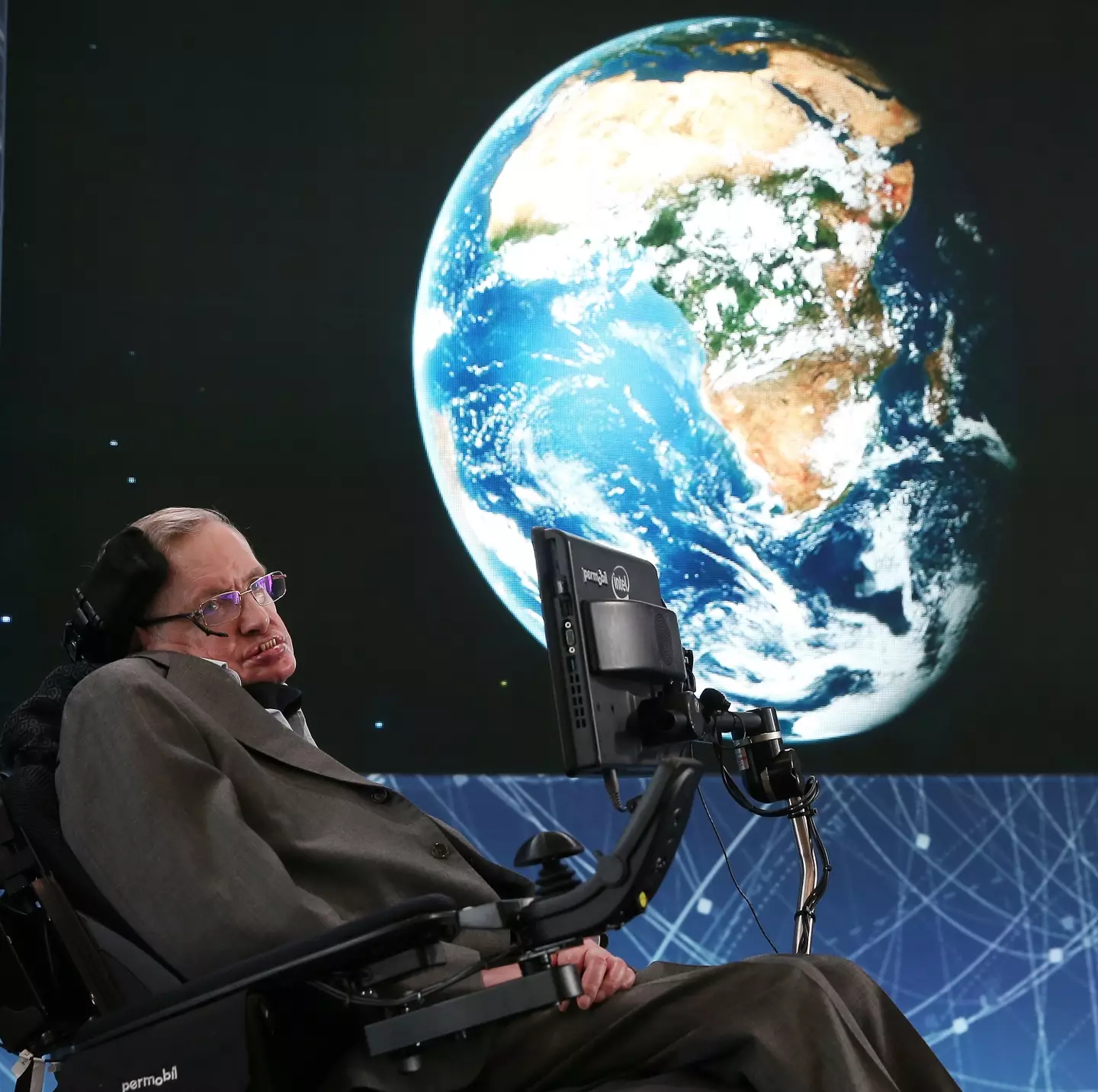Stephen Hawking, one of the greatest scientific minds, warned in 2017 about the potential end of the world if current trends continue. Speaking at the Tencent WE Summit, Hawking cautioned that unchecked population growth and rising energy consumption could lead to catastrophic consequences, including Earth turning into a “giant ball of fire” by the year 2600.
He noted that the global population could be standing shoulder to shoulder, and electricity usage would make the planet glow red-hot—an unsustainable scenario. Hawking explained that this exponential growth cannot last indefinitely.

He also remarked that the volume of scientific output would become overwhelming, suggesting that by 2600, the sheer amount of new scientific papers would be too much for anyone to keep up with.
Apart from technological and population concerns, Hawking highlighted other threats such as nuclear war, increased pandemics, and the rise of artificial intelligence (AI). He stressed that AI, now widely used in daily life, could profoundly impact humanity’s future.

Hawking further pointed to climate change as a key danger. He said global warming may transform Earth into a Venus-like planet with extreme temperatures in the distant future, though the risk accumulates over thousands of years.
NASA has since clarified that while it studies these global risks, it does not officially endorse Hawking’s exact timeline. Nevertheless, his warnings continue to urge humanity to take urgent action to address environmental, technological, and geopolitical challenges.


